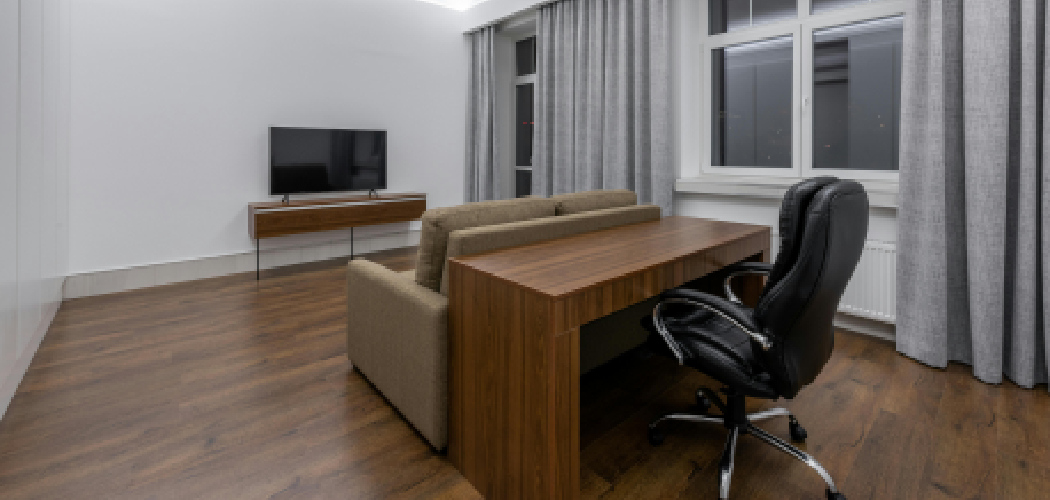Preventing rolling chairs from rolling can be a frustrating challenge, especially in workspaces where stability and safety are paramount. Whether you’re dealing with slippery floors or simply seeking to keep chairs stationary in a specific area, several effective solutions can help. From installing chair stoppers or caster cups to using grip-enhancing materials like rubber pads or mats, there are various methods to stabilize rolling chairs and ensure they stay put.
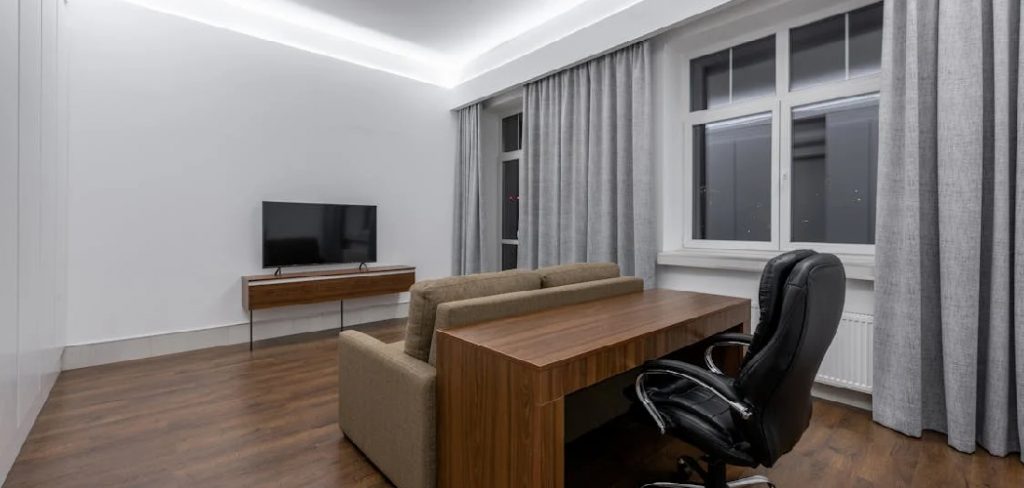
Additionally, adjusting or replacing the chair’s casters with ones designed for specific floor types can make a significant difference in preventing unwanted movement. This article will explore how to stop rolling chairs from rolling, providing practical tips and step-by-step instructions to help you stop rolling chairs from rolling. By implementing these strategies, you can create a safer and more comfortable environment, whether in a home office, classroom, or workplace setting.
Importance of Addressing This Issue
Addressing the issue of rolling chairs is crucial for several reasons. First and foremost, it significantly enhances safety in the workspace or home environment. Uncontrolled rolling chairs can lead to accidental slips, trips, or falls, which may result in injuries. In professional settings, this can also limit productivity as employees may need to frequently adjust their chairs to stay comfortably seated.
Furthermore, securing rolling chairs can improve ergonomic conditions, reducing strain on the back and legs caused by constantly readjusting one’s position. By preventing chairs from moving unintentionally, you not only foster a safer environment but also contribute to a more efficient and comfortable workspace. This seemingly minor adjustment can lead to considerable benefits in terms of health, safety, and overall well-being.
10 Methods How to Stop Rolling Chairs from Rolling
1. Using Chair Mats with Grippers
One of the most straightforward methods to stop rolling chairs from moving is to use a chair mat with grippers. These mats are typically made of durable plastic and have small protrusions on the underside that grip the floor, preventing the mat—and the chair on top of it—from sliding. Place the mat under your rolling chair, ensuring it covers the entire area where the chair moves. Chair mats come in various sizes and shapes, so choose one that fits your workspace. This method is particularly effective on hard surfaces like tile, hardwood, or laminate flooring. The grippers help anchor the mat in place, providing a stable surface that keeps your chair from rolling away.
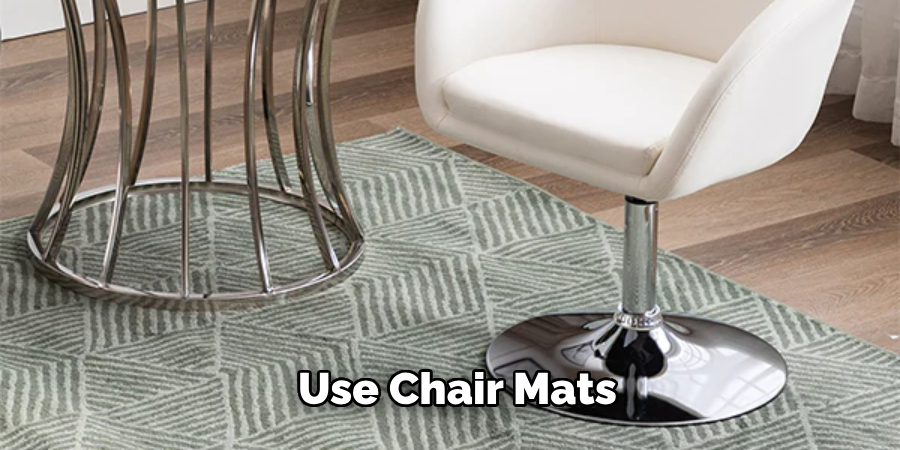
2. Installing Brake Casters
Replacing the existing casters on your rolling chair with brake casters is another effective solution. Brake casters have a built-in locking mechanism that can be engaged to stop the wheels from turning. You can find these casters at office supply stores or online retailers. To install them, turn your chair upside down and remove the current casters by pulling them out or unscrewing them, depending on the design. Insert the brake casters into the same slots, ensuring they are securely in place. With brake casters, you can lock the wheels when you want the chair to stay put and unlock them when you need mobility, providing flexibility and stability.
3. Using Wheel Stoppers
Wheel stoppers, or wheel locks, are small devices that attach to the chair’s wheels to prevent movement. They are easy to install and remove, making them a convenient solution for temporarily immobilizing your chair. To use wheel stoppers, simply place them around the wheels and engage the locking mechanism. These stoppers are typically made of rubber or plastic and are designed to fit snugly around standard caster wheels. This method is ideal if you need to stop your chair from rolling only occasionally, such as during specific tasks that require stability. Wheel stoppers provide a quick and cost-effective way to keep your chair in place without making permanent modifications.
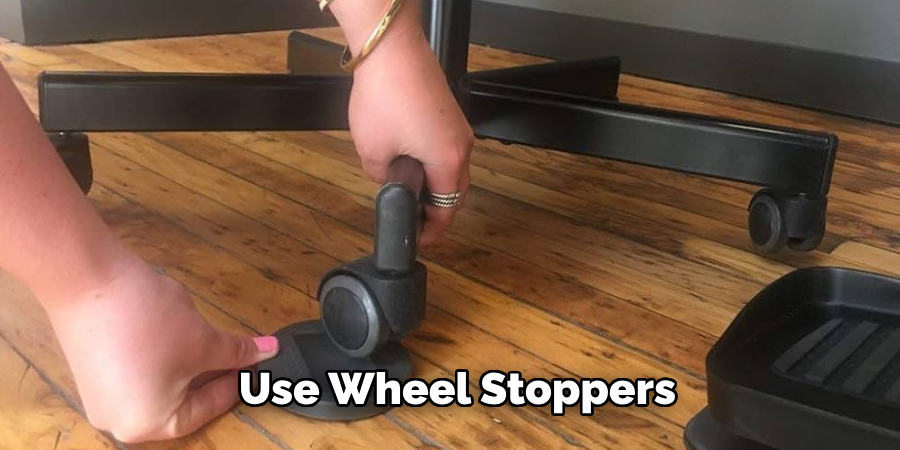
4. Applying Rubber Bands
A low-cost and creative solution to prevent your rolling chair from moving is to use rubber bands. Wrap several thick rubber bands around each wheel of the chair. The friction created by the rubber bands against the floor will significantly reduce the chair’s ability to roll. This method works best on hard floors but can also be effective on low-pile carpets. While it might not provide a permanent fix, it’s a quick and easy way to add friction to the wheels, making it harder for the chair to move unintentionally. Rubber bands are an accessible and temporary solution that you can try with minimal expense and effort.
5. Installing Wheel Cups
Wheel cups are another effective method to stop your rolling chair from moving. These cups are small, round devices that fit under each wheel of your chair, creating a barrier that prevents the wheels from rolling. Made from materials like rubber or plastic, wheel cups provide a stable base for the chair. To use them, simply place one cup under each wheel. This method is particularly effective on hard floors and low-pile carpets. Wheel cups are a simple and inexpensive solution that can be easily implemented and removed as needed, offering a practical way to keep your rolling chair stationary.
6. Switching to Static Chair Glides
If you don’t need your chair to roll at all, consider replacing the caster wheels with static chair glides. Chair glides are flat or slightly rounded feet that provide stability without the mobility of wheels. To install chair glides, turn your chair upside down, remove the existing casters, and insert the glides into the same slots. Chair glides come in various sizes and materials, such as plastic, metal, or rubber, to suit different types of flooring. This method effectively stops any unwanted movement and can also help protect your floors from scratches. Switching to chair glides is a more permanent solution, ideal for situations where mobility is not required.
7. Using a Rug or Carpet
Placing a rug or carpet under your rolling chair can also help reduce its mobility. The friction between the chair wheels and the carpet fibers will slow down the chair’s movement. Choose a thick, dense rug that covers the entire area where the chair moves. This method works particularly well on hard floors, as the rug provides additional grip. If you already have carpeting, consider adding a rug with a non-slip backing for extra stability. This solution not only helps prevent rolling but also adds a decorative element to your space, enhancing both functionality and aesthetics.
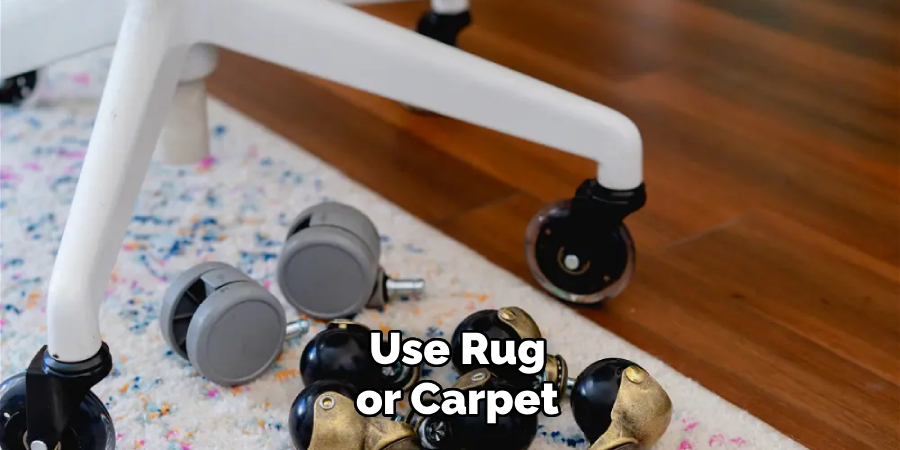
8. Adjusting the Chair’s Height
Adjusting the height of your chair can also help minimize unwanted movement. When a rolling chair is set too high, it becomes easier to push away from the desk unintentionally. Lowering the chair to a more ergonomic and comfortable height can reduce this tendency. Ensure that your feet are flat on the floor and your knees are at a 90-degree angle when seated. This adjustment not only helps in preventing the chair from rolling but also promotes better posture and reduces strain on your back and legs. Proper height adjustment is a simple yet effective way to enhance stability and comfort while using your chair.
9. Adding Weight to the Chair
Adding weight to your chair can help anchor it in place, making it less likely to roll. You can achieve this by attaching a weight to the base of the chair. Use items such as small sandbags or specially designed chair weights, which are available at office supply stores. Secure the weight to the chair’s base using strong tape or Velcro strips. The added weight increases the friction between the chair’s wheels and the floor, reducing its mobility. This method is particularly useful if you frequently experience unwanted rolling and need a more substantial solution to keep your chair stationary.
10. Replacing with Locking Casters
If you need both mobility and stability, consider replacing your chair’s current casters with locking casters. Locking casters have a mechanism that allows you to lock the wheels in place when needed and unlock them for movement. To install, remove the existing casters and insert the locking casters into the same slots. Ensure they are securely attached and test the locking mechanism to make sure it functions correctly. Locking casters provide the best of both worlds, offering the flexibility to move your chair when necessary and the stability to keep it stationary during tasks that require concentration and precision.
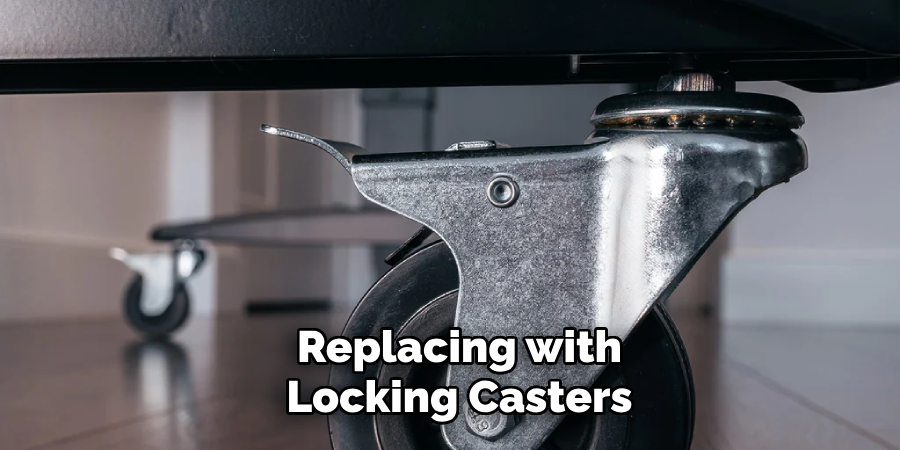
Conclusion
In conclusion, there are numerous methods available to prevent your rolling chair from moving unintentionally, each suited to different needs and circumstances. Whether you prefer quick and temporary fixes like rubber bands and wheel stoppers, or more permanent solutions such as switching to chair glides or using locking casters, there’s an option for everyone. By selecting the appropriate solution, you can enhance your workspace’s stability and comfort, ultimately leading to a more productive and ergonomic environment. Thanks for reading, and we hope this has given you some inspiration on how to stop rolling chairs from rolling!
